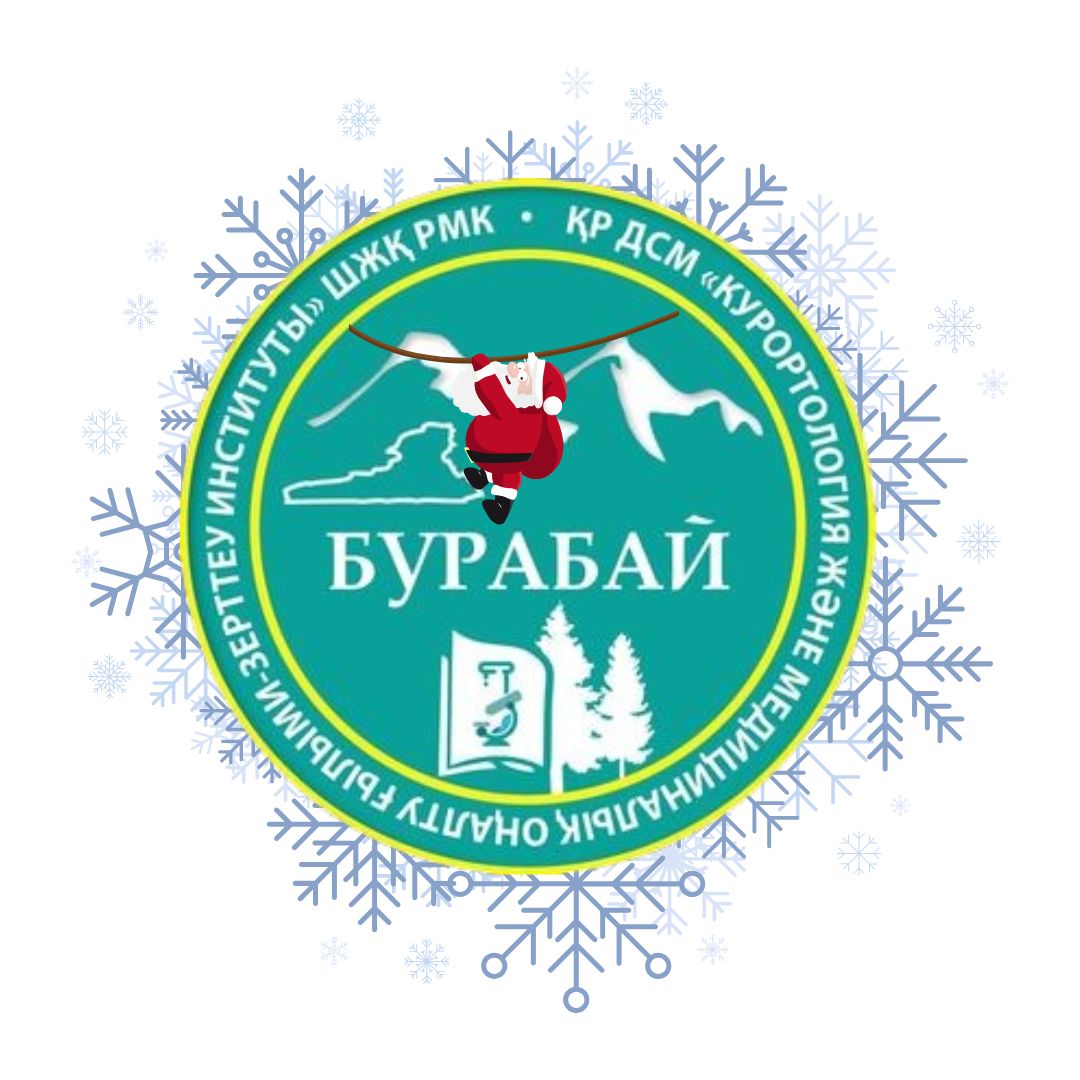.
1910 – State Institution "Republican tuberculosis sanatorium "Borovoe"
09/17/2007 - State Institution "Republican Rehabilitation Center "Karagai" of the Ministry of Health of the Republic of Kazakhstan (PP No. 811)
09/11/2009 - RSE "Republican Rehabilitation Center "Karagai" of the Ministry of Health of the Republic of Kazakhstan (PP No. 1352)
12/21/2013 - RSE "Republican Rehabilitation Center "Burabai" of the Ministry of Health of the Republic of Kazakhstan (PP No. 1366)
18.01.2017 - The Republican Rehabilitation Center "Burabai" of the Ministry of Health of the Republic of Kazakhstan (PP No. 8)
11/17/2022 - RSE at the Scientific Research Institute of Balneology and Medical Rehabilitation of the Ministry of Health of the Republic of Kazakhstan (PP No. 913)
01/27/2023 - Scientific and Technical Council of the Research Institute (Order No. 21-p)
01/31/2023 - The Local Ethical Commission of the Scientific Research Institute (Order No. 22-p)
05/24/2023 - Certificate of accreditation of the Institute as a subject of scientific activity (MK series No.000200)
07/21/2023 - National accreditation for quality in healthcare: Category II
07/18/2024 - registration of the First Branch of the Research Institute of Balneology and Medical Rehabilitation of the Ministry of Health of the Republic of Kazakhstan – LOC Burabai
07/17/2024 - registration of the Central Office of the Scientific Research Institute in Astana

